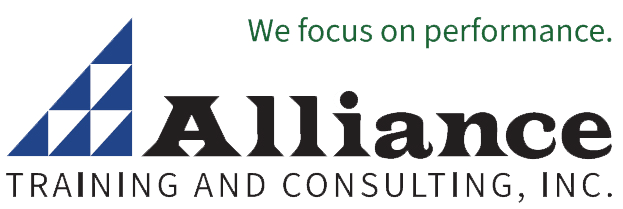Barriers to Effective Communication at Work
Although we begin communicating from an early age, the process of transmitting information from one person or group to another is much more complex than it may seem. By the time a message travels from the sender to the receiver, there are multiple opportunities for errors to occur. Social psychologists estimate that 40-60% of the original meaning is often lost in the communication process. In workplaces, where people spend over 75% of their time interacting with others, it's not surprising that many organizational issues stem from poor communication.
Communication in the workplace is often further complicated by the lack of familiarity between colleagues, especially in complex team structures. It is essential to be aware of potential communication barriers and make a concerted effort to minimize misunderstandings to ensure messages are transmitted clearly.
It is critical to understand, and be aware of, the potential sources of communication barriers and constantly avoid these barriers by making a conscientious effort to make sure there is a minimal loss of meaning in your communication.
Here are some common barriers to effective communication in the workplace:
-
Choice of Words or Language
The words a sender uses (known as 'encoding the message') directly affect the quality of communication. In English, for example, there are about 500 common words with over 10,000 different meanings. Because language is symbolic, there's plenty of room for misinterpretation or distortion of the message. -
Misreading Body Language and Non-Verbal Cues
Understanding non-verbal signals like tone, facial expressions, and posture is crucial to interpreting a message correctly. Misreading these signals can lead to misunderstandings. -
Ignoring Non-Verbal Language
Not paying attention to non-verbal cues can result in missed emotional context or a lack of clarity in the message being communicated. -
Selective Hearing
Sometimes, we listen only to parts of the message that interest us, leading to incomplete understanding or missing critical details. -
Reluctance to Be Candid
Hesitating to speak openly and honestly can prevent important information from being shared and create misunderstandings. -
Distrust
If there's a lack of trust, messages may be received with skepticism or doubt, diminishing their effectiveness. -
Value Judgments
Preconceived notions or biases can color how we interpret messages, leading to distorted understanding or unfair conclusions. -
Power Struggles
In situations of hierarchical conflict or competition, communication can become distorted or obstructed by the desire for control or influence. -
Unreliable Transmission
Technical issues, noise, or inconsistent delivery can interfere with the clear transmission of messages, especially in virtual settings. -
Defensiveness
When people feel criticized or attacked, they may become defensive, blocking the intended message and escalating conflict. -
Distorted Perception
How we perceive communication is shaped by past experiences and relationships. For example, messages from a supervisor may be received differently than those from a peer or subordinate, even if the content is the same. -
Guilt
Feelings of guilt can cloud judgment and influence how a message is received or interpreted, leading to misunderstandings. -
Past Experiences
Previous experiences may influence how we interpret current communications, potentially leading to biased or incorrect conclusions. -
Stereotyping
Assuming someone has certain characteristics based on their group affiliation, rather than engaging with them as an individual, can result in miscommunication and harm relationships. -
Cultural Differences
Different cultures have varying communication norms and values, which can lead to misunderstandings if not addressed. Understanding the basic cultural motivations and assumptions at play is essential to ensuring effective communication.
Overcoming Communication Barriers
What barriers do you face in your communication at work? How can you overcome these challenges to achieve better outcomes? And how can you help others recognize and address these barriers to create more effective communication across your organization? Reflecting on these questions is the first step in improving communication.
Effective communication is a cornerstone of organizational success, whether at the interpersonal, intergroup, or organizational level. By understanding and addressing communication barriers, you can create an environment where messages are delivered clearly, relationships are strengthened, and productivity thrives.
© 2025 Alliance Training and Consulting, Inc.
View our Communication Courses
